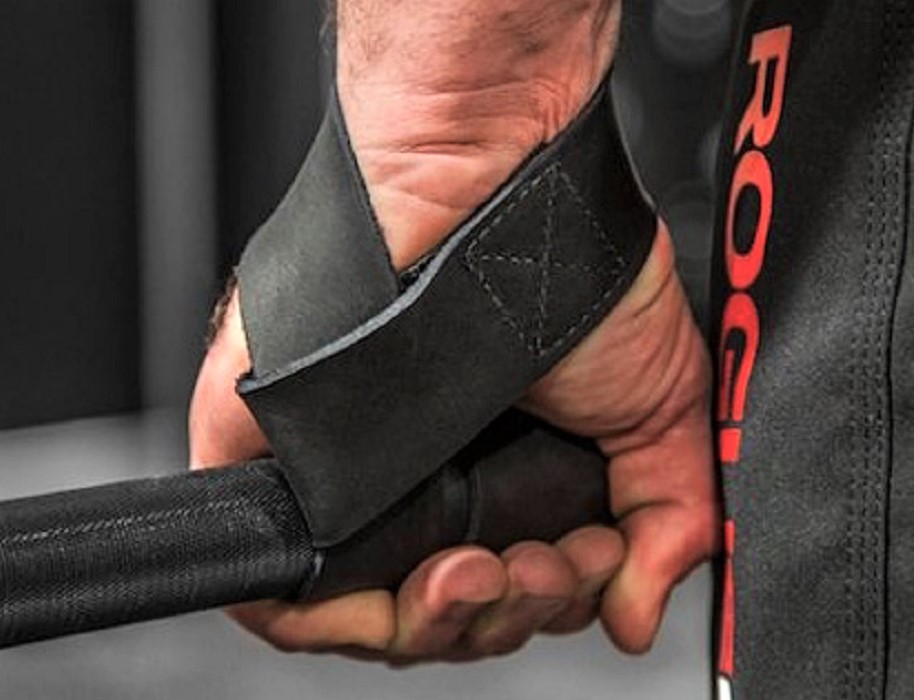Rogue
They’re just strips of fabric, but lifting straps are a very useful workout tool, especially on back day, helping you get extra reps. We delve into just how effective they are, explain the different types of straps, provide a step-by-step guide on how to use lifting straps, and answer your most frequently asked questions. It’s time to pull some heavier weights by getting strapped.
WHAT ARE LIFTING STRAPS
Lifting straps (a.k.a. wrist straps) are strips of fabric that wrap around your wrists and a weight-lifting bar (barbell, dumbbell[s], pulldown, etc.) or equipment handle(s) to better secure your grip.
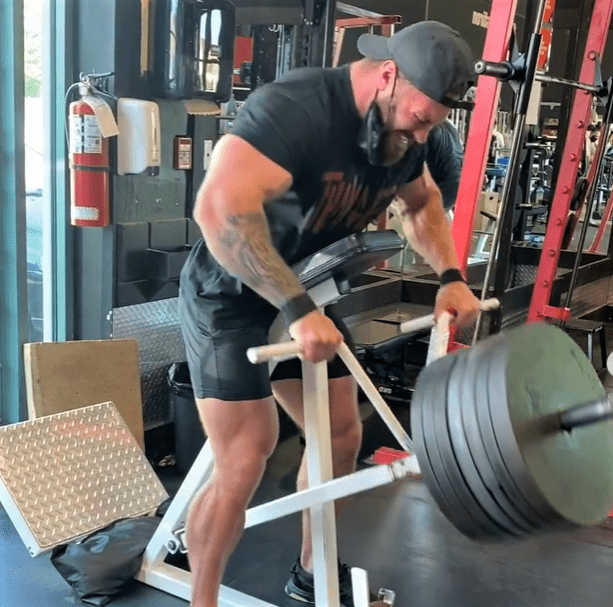
WHY USE LIFTING STRAPS
You use lifting straps to get more reps in pulling exercises, such as back exercises, trapezius exercises, and deadlifts. Let’s look at the science.
In a study, trained bodybuilders performed two back workouts. In one, they used lifting straps and did three sets to failure of pullups, dumbbell rows, wide-grip pulldowns, and seated cable rows. In the other workout, they performed the same exercises in the same order for the same number of sets with the same weight, but they didn’t use straps.
For all sets of all exercises, the use of straps offered a significant advantage compared to bare hands: one extra rep of pullups on all three sets, two extra reps of dumbbell rows and pulldowns on all three sets, and one extra rep of seated rows on the first two sets and two extra on the final set. Eighteen extra reps in a 12-set back workout. Clearly, being able to complete one or two additional reps on every set of your back workout with a given weight is a definite advantage in developing muscle and strength. Furthermore, the subjects noted that using straps allowed them to better concentrate on their backs and less on their arms; and this, too, can result in greater back gains.
The study’s author, Jim Stoppani, PhD, concluded: “When doing pulling exercises, such as most back exercises, we recommend you use wrist straps during all sets to enhance gains in both muscle strength and size. Some experts will warn that this may limit your grip strength and forearm development. However, your focus should not be on building grip strength and forearm size during a back workout. It should be on developing back size and strength, and it appears that using wrist straps will enhance this endeavor. To develop forearm size and grip strength, include a workout that focuses on forearm and grip exercises.”
CHOOSE THE RIGHT LIFTING STRAPS
There are four types of lifting straps, each available in a variety of materials, most commonly: nylon, cotton, or leather. Here’s what you need to know about each type.
Lasso Lifting Straps
Lasso straps (a.k.a. loop straps) are the easiest to use and most popular lifting straps. At one end of the strap, a small loop is stitched. You feed the other end through to create a bigger, adjustable loop (or lasso), which your wrist goes through. You then wrap the tail end around the bar multiple times for a secure grip. These are typically made of cotton or nylon, and often have neoprene padding around the wrist loop for greater comfort.
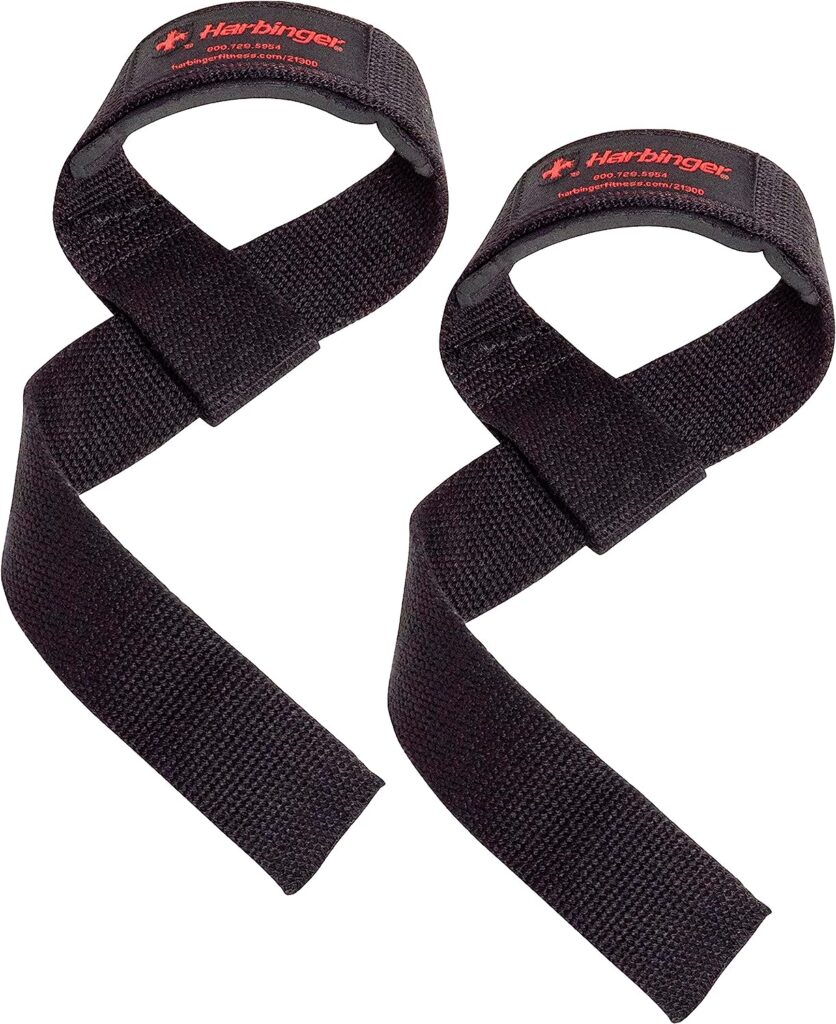
Figure 8 Lifting Straps
Figure 8 straps (a.k.a. deadlift straps) loop around your wrist, go under the bar, then wrap around your wrist again. The double loop makes them very secure for lifts like strongman deadlifts. They’re a little more difficult to get in and out of than lasso straps, but with practice you’ll get the hang of it.
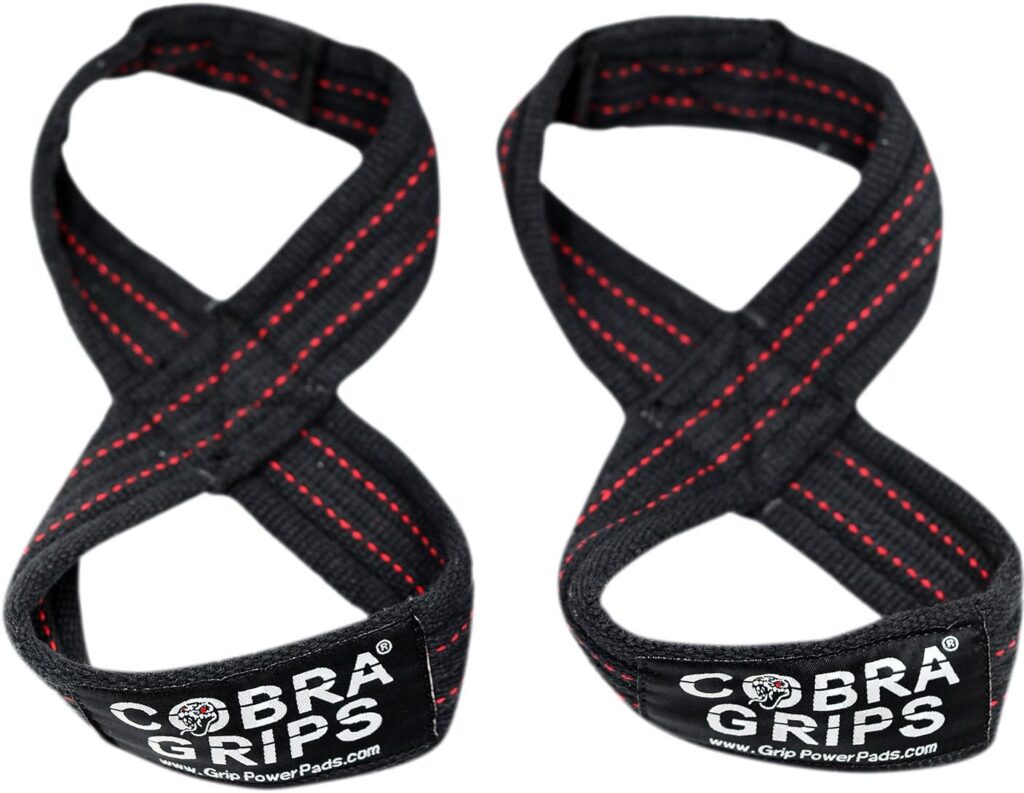
Closed Loop Lifting Straps
Closed loop straps (a.k.a. Olympic straps), are as the name suggests, a closed loop of material you slip your wrist into and then loop around the bar. These are not as tight or secure as the previous straps, but that’s their advantage for some lifts because you can get out of them quickly. There are also open loop lifting straps, which is just a straight strap; the middle portion goes over your wrist, the two ends wrap around the bar. Either is favored by Olympic lifters who use them in training because they can quickly, safely release a good lift and bail out of a failed lift. If you’re not doing Olympic lifts (snatch or clean-and-jerk), these straps probably aren’t for you.
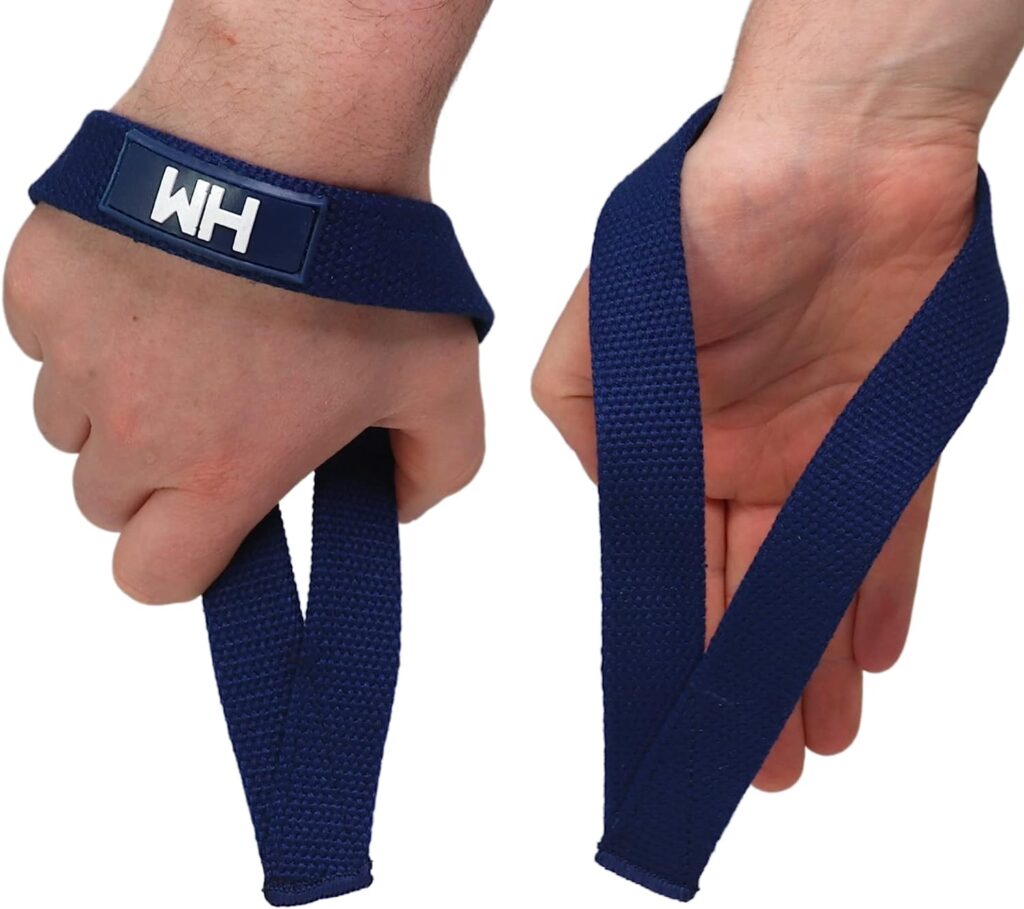
Hook Straps
A hook strap is something different. It’s typically a neoprene wrist wrap secured with Velcro, with a hard (metal, rubber, or plastic) hook or a soft (leather, nylon, cotton) palm grip that goes on the bar with your hand behind it. These don’t allow you to grip the bar as tightly as other straps, and a hard hook may not work with all equipment, but some trainers favor them. The soft version cushions your palms, and both versions may provide wrist support. A hard hook may be ideal if you’re recovering from a hand injury and can’t otherwise grip a bar tightly.
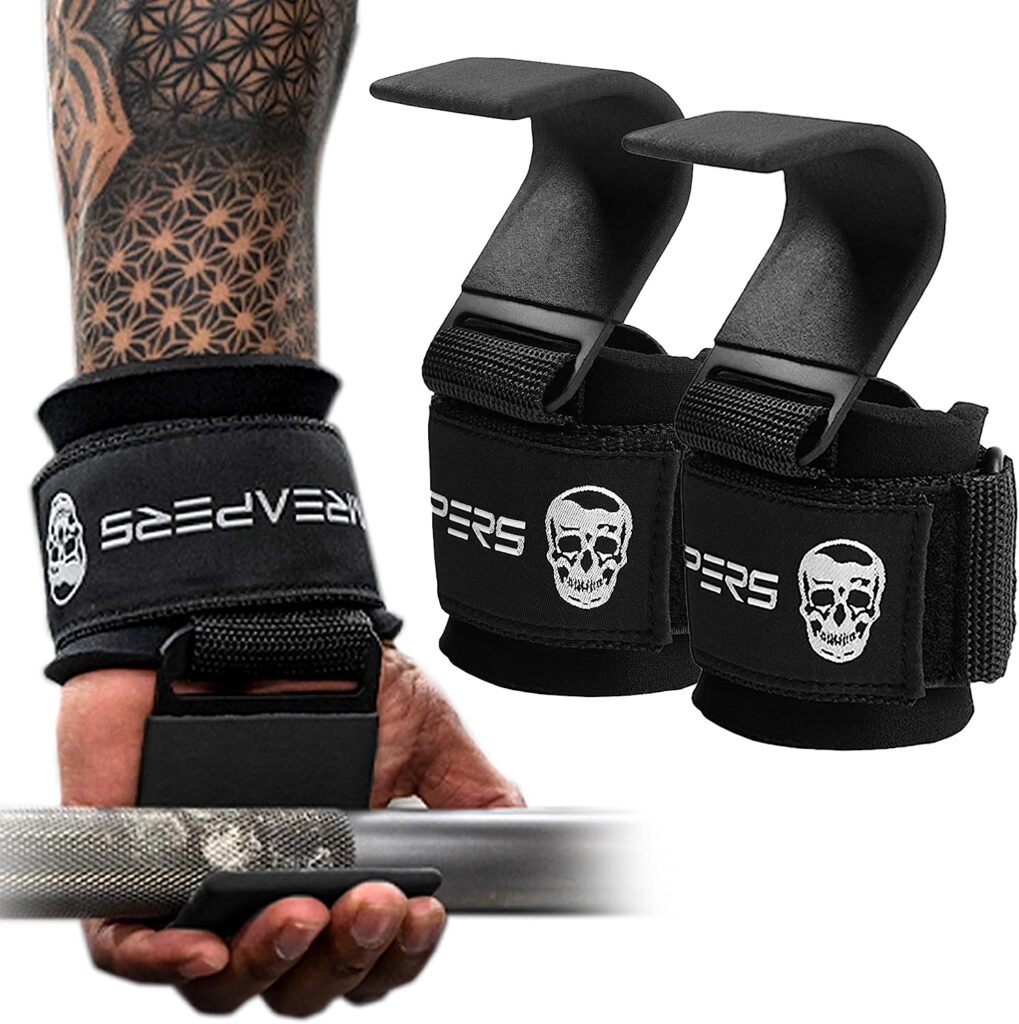
HOW TO USE LIFTING STRAPS
We’ll focus here on lasso straps since they’re the most common.
There’s a left and right. One strap should be looped one way, and the other the opposite way.
Insert your hands through the loops, so that both tail ends are on the pinkie sides of your hands.
Pull the tail ends to ensure the loops are snug around your wrists.
Wrap the tail ends around the bar(s). It doesn’t matter if your grip is overhand, underhand, or neutral. Just make sure the tail end is always on the pinkie side of your hands.
With your fingers, tighten the straps to take out any slack and provide a secure (but not painfully tight) grip.
With the lifting straps in place, perform your lift as you would normally, maintaining proper form and technique. The straps should alleviate some of the pressure on your grip, allowing you to focus more on the targeted muscle groups.
Once you’ve completed your set, release the straps by simply letting go.
HOW TO USE LIFTING STRAPS: FREQUENTLY ASKED QUESTIONS
Are lifting straps suitable for all types of exercises?
No. Lifting straps are best for exercises that involve pulling, such as deadlifts, rows, pulldowns, high pulls, and shrugs. So, use them when training back, traps, and maybe hamstrings (deadlifts). You may also want to use them to secure your grip on some shoulder exercises, such as heavy dumbbell side laterals. But you won’t use straps for most exercises.
What are the benefits of using lifting straps?
Lifting straps can help improve grip strength and endurance, allowing you to lift heavier weights and perform more repetitions. They can also reduce strain on your forearm muscles, preventing grip fatigue during intense workouts.
Are lifting straps suitable for competitive powerlifting, weightlifting, strongman?
In powerlifting and weightlifting competitions, the use of lifting straps is prohibited. Strongman has different rules, and though training straps are prohibited in most events, deadlift events typically allow training straps.
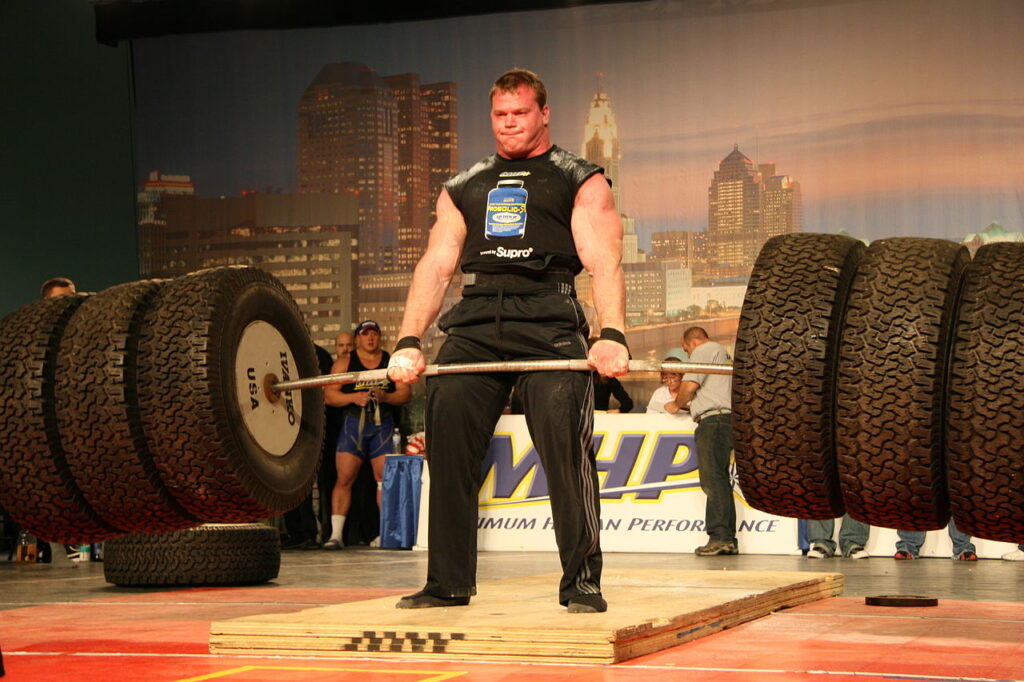
Should I use lifting straps if I’m a beginner lifter?
For beginners, it’s essential to first focus on developing proper lifting technique and grip strength. While lifting straps can be very beneficial for experienced lifters, beginners should avoid relying on them too early in their training journey.
Can lifting straps replace chalk or liquid grip?
Lifting straps and grip-enhancing substances like chalk or liquid grip serve different purposes. Chalk and liquid grip primarily help absorb moisture and improve friction between your hands and the bar, while lifting straps provide extra support for your grip. Depending on the exercise and your preference, you may choose to use one or both.
Do lifting straps weaken your grip?
Lifting straps artificially enhance your grip during the lift, which can be a great advantage during pulling exercises. Long-term, they neither weaken nor strengthen your grip.
HOW TO USE LIFTING STRAPS: CONCLUSION
For bodybuilders, there’s no downside to using training straps on back day and for any other pulling lift. In fact, as the science shows, there’s a definite upside: more reps or more weight. Competitive lifters need to consider if and when they use straps in their training, and, if they do, what type of straps to use. But to eke out those crucial extra reps or move more weight, get strapped.



































